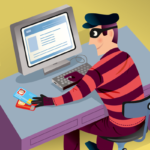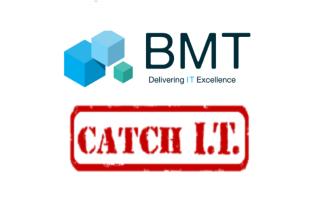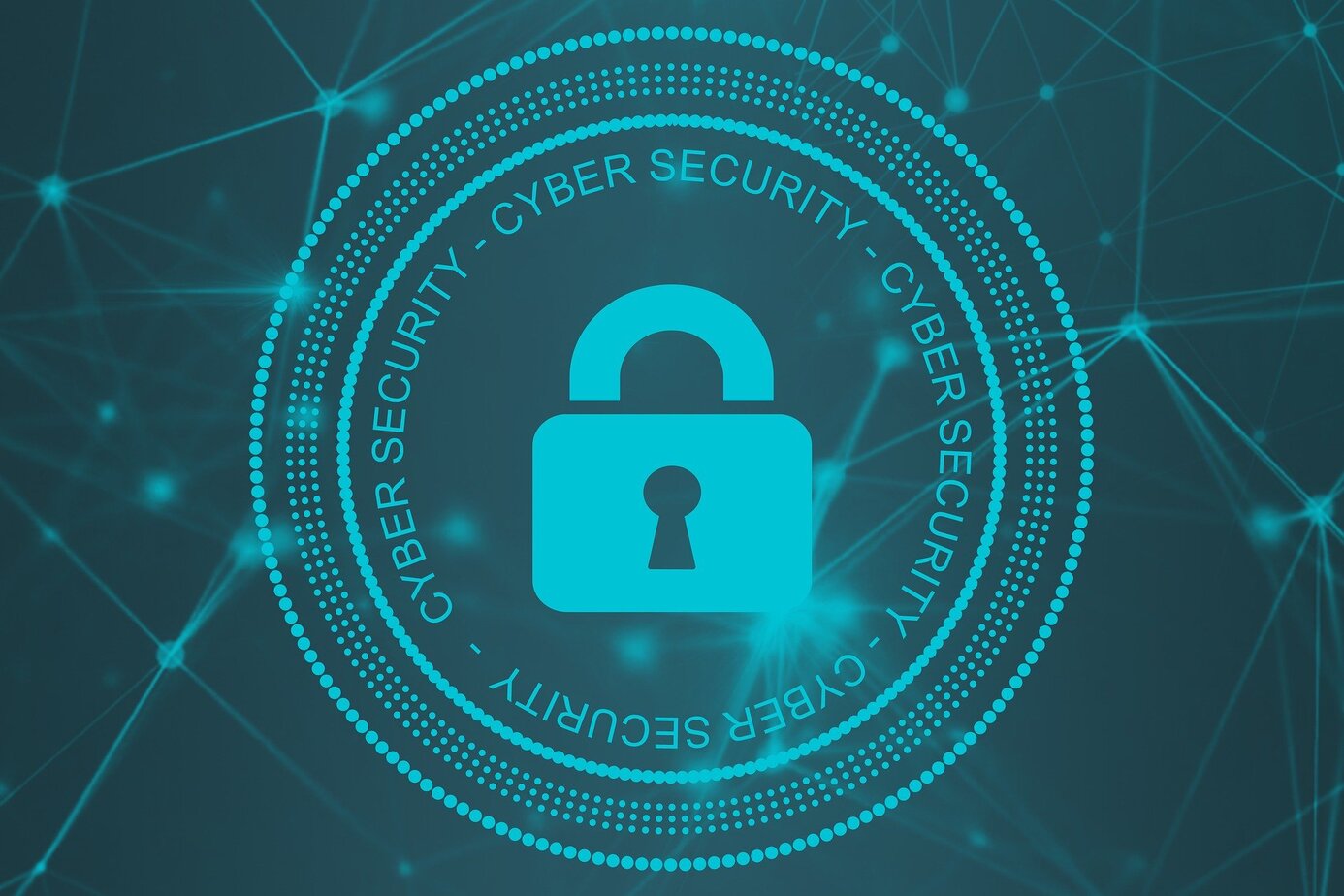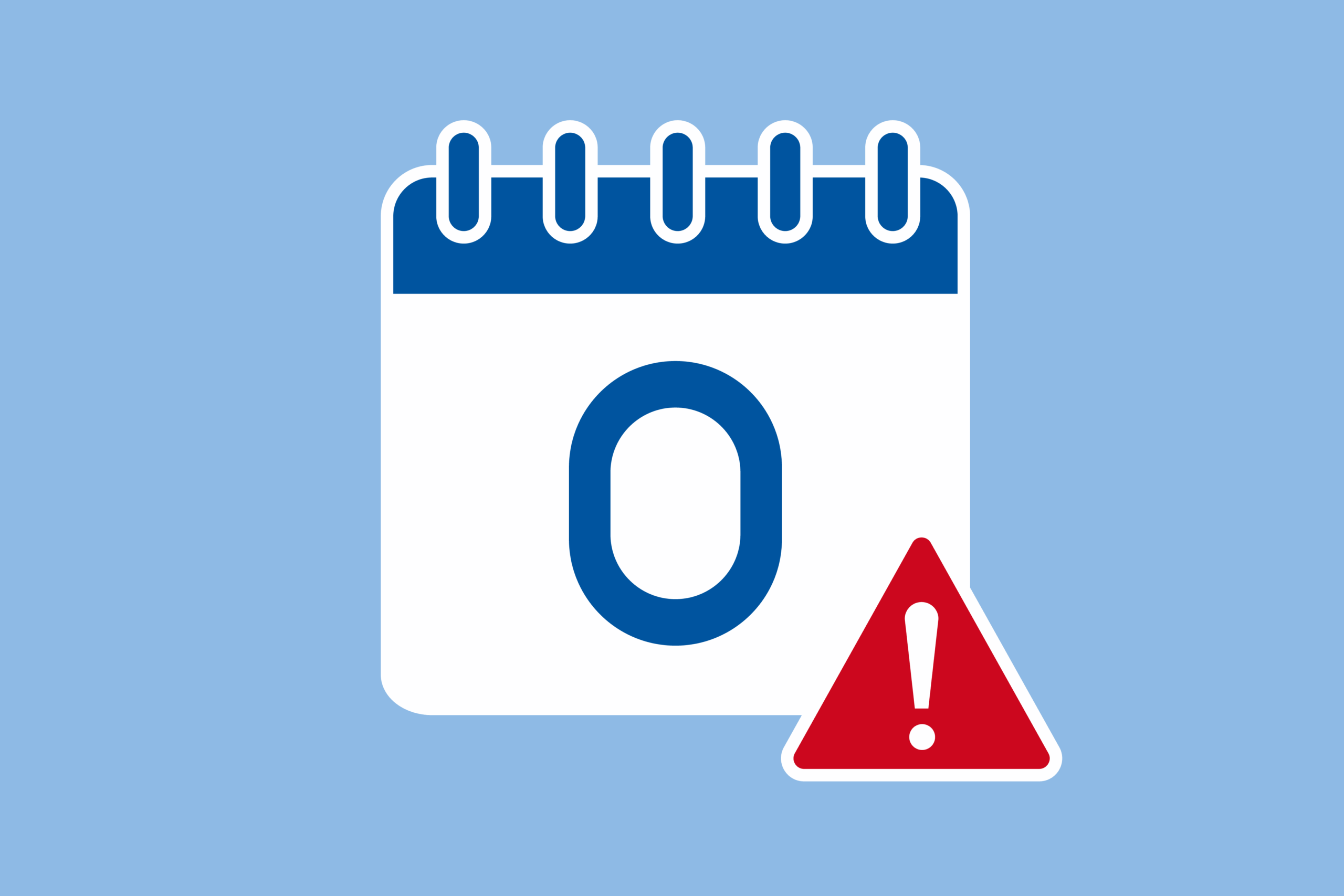It can happen to anyone. Last year, $16.9 billion was lost as a result of identity fraud, according to the 2020 Identity Fraud Study from research and advisory firm Javelin. In the first half of 2020 alone, 571,188 identity theft reports were made to the Federal Trade Commission, and people reported a median loss of $200. Phishing emails/texts, third-party breaches, social security scams – these some of the most common tricks fraudsters use today.
We recently featured a blog post on what to do if you think your identity was compromised. We are following up with 10 things you should do immediately if you know you are victim of identity fraud.
- File a claim with your identity theft insurance, if applicable.
Companies such as LifeLock and IdentityForce sell identity theft protection plans, but even if you haven’t purchased coverage, you may have it through an insurer or employer.

- Notify companies of your stolen identity.
Don’t wait to notify any company where fraudulent transactions or accounts have occurred. Call them immediately to alert them to the problem. - File a report with the Federal Trade Commission.
To file a report with the FTC, visit www.identitytheft.gov. As part of the reporting process, you’ll receive a recovery plan and even prefilled letters and forms that can be used to file police reports and dispute fraudulent charges. - Contact your local police department.
Filing a police report creates a paper trail that could be useful in the future. For instance, if someone uses your information to commit a crime, having documentation of identity theft could make resolving the matter easier. - Place a fraud alert on your credit reports.
Reach out to the three major credit bureaus – Experian, Equifax and TransUnion – and request a fraud alert be placed on your account. - Freeze your credit.
A credit freeze will completely cut off access to your credit report. That means the credit bureaus won’t share your report with anyone who requests it. - Sign up for a credit monitoring service, if offered.
If your information was accessed in a data breach, you may be offered complimentary credit monitoring. These services watch credit reports for suspicious activity and send alerts whenever a new account is opened. - Tighten security on your accounts.
Two words – Password Manager. LastPass offers a free password manager for one user. The company also has a premium plan for $3 a month that includes file storage and priority support services - Review your credit reports for mystery accounts.
Whether you’re a victim of credit card fraud or a stolen identity, you need to check your credit reports for any accounts you may not recognize. By law, you’re entitled to at least one free credit report from each agency per year. - Scan credit card and bank statements for unauthorized charges.
In addition to your credit reports, pull up your other accounts and scan old statements for other charges you don’t recognize. If you find unknown charges, call the financial institution to alert them of the problem and request the account be locked or closed.

It can happen to anyone. Last year, $16.9 billion was lost as a result of identity fraud, according to the 2020 Identity Fraud Study from research and advisory firm Javelin. In the first half of 2020 alone, 571,188 identity theft reports were made to the Federal Trade Commission, and people reported a median loss of $200. Phishing emails/texts, third-party breaches, social security scams – these some of the most common tricks fraudsters use today.
We recently featured a blog post on what to do if you think your identity was compromised. We are following up with 10 things you should do immediately if you know you are victim of identity fraud.
- File a claim with your identity theft insurance, if applicable.
Companies such as LifeLock and IdentityForce sell identity theft protection plans, but even if you haven’t purchased coverage, you may have it through an insurer or employer.

- Notify companies of your stolen identity.
Don’t wait to notify any company where fraudulent transactions or accounts have occurred. Call them immediately to alert them to the problem. - File a report with the Federal Trade Commission.
To file a report with the FTC, visit www.identitytheft.gov. As part of the reporting process, you’ll receive a recovery plan and even prefilled letters and forms that can be used to file police reports and dispute fraudulent charges. - Contact your local police department.
Filing a police report creates a paper trail that could be useful in the future. For instance, if someone uses your information to commit a crime, having documentation of identity theft could make resolving the matter easier. - Place a fraud alert on your credit reports.
Reach out to the three major credit bureaus – Experian, Equifax and TransUnion – and request a fraud alert be placed on your account. - Freeze your credit.
A credit freeze will completely cut off access to your credit report. That means the credit bureaus won’t share your report with anyone who requests it. - Sign up for a credit monitoring service, if offered.
If your information was accessed in a data breach, you may be offered complimentary credit monitoring. These services watch credit reports for suspicious activity and send alerts whenever a new account is opened. - Tighten security on your accounts.
Two words – Password Manager. LastPass offers a free password manager for one user. The company also has a premium plan for $3 a month that includes file storage and priority support services - Review your credit reports for mystery accounts.
Whether you’re a victim of credit card fraud or a stolen identity, you need to check your credit reports for any accounts you may not recognize. By law, you’re entitled to at least one free credit report from each agency per year. - Scan credit card and bank statements for unauthorized charges.
In addition to your credit reports, pull up your other accounts and scan old statements for other charges you don’t recognize. If you find unknown charges, call the financial institution to alert them of the problem and request the account be locked or closed.





